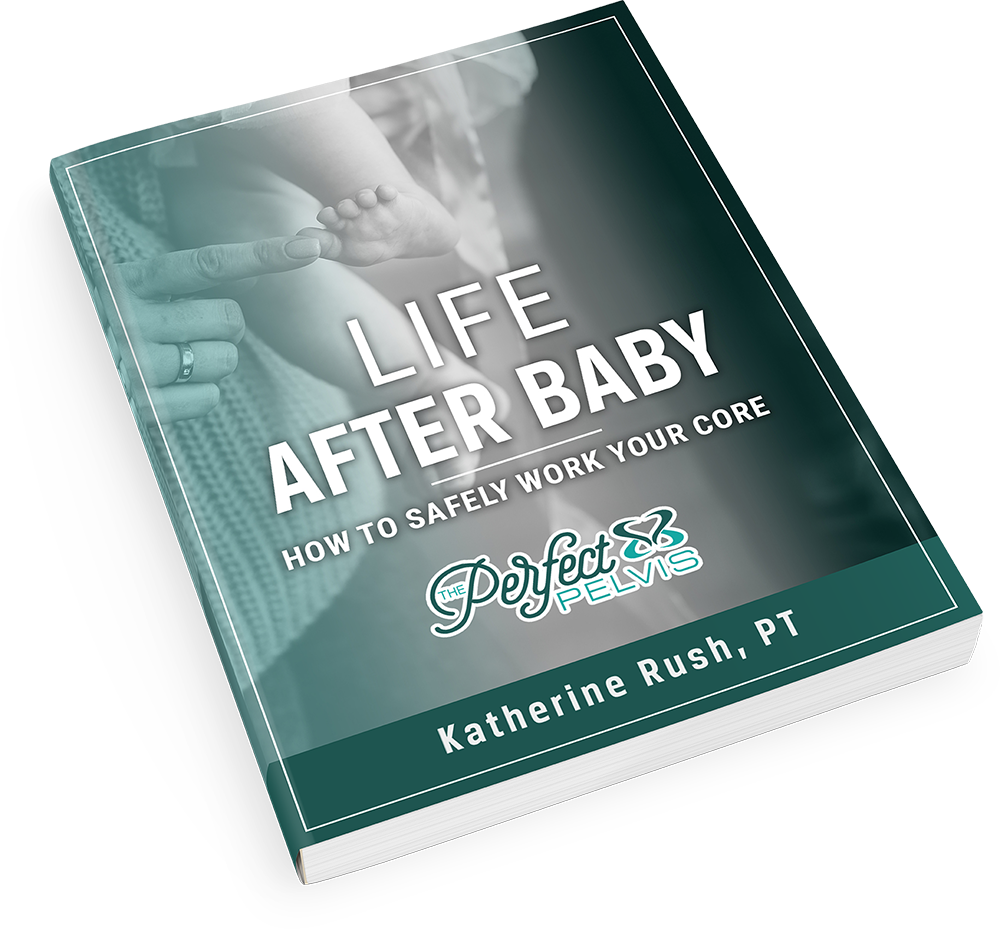You may have heard of the two most common types of urinary incontinence:
- stress urinary incontinence (SUI) caused by weakened pelvic floor muscles and tissues when there is increased pressure on the bladder from exertion.
– and –
- urge urinary incontinence, also called overactive bladder (OAB), which occurs as a sudden involuntary contraction of the bladder’s muscle wall, creating an unstoppable urge to urinate and leakage.
But have you heard about a lesser-known form of urinary incontinence called overflow urinary incontinence?
In the case of overflow incontinence, one has a frequent or constant experience of dribbling urine. It can happen day or night. He or she can’t fully empty their bladder. Since the bladder doesn’t empty completely, it results in spillage or leakage. And the almost funny part is, you may or may not have the feeling you need to go.
The system controlling urination is complex, and things can go wrong. The following are known causes of overflow incontinence:
- Bladder muscle weakness
- Blockage to urine flow
- Nerve damage
- Certain medications
- Constipation
The blockage to urine flow can be caused from conditions such as tumors or an enlarged prostate. It can also happen due to bladder stones, severe uterine prolapse or scar tissue. In some cases it can be related to cardiovascular diseases or diabetes.
Overflow urinary incontinence results when something blocks the normal flow of urine out of the bladder. It can happen to both women and men. It can also happen when the bladder muscles become underactive – making it the exact opposite of overactive bladder (OAB) – causing one to not feel the urge to urinate.
Embarrassment, annoyance, the need for expensive pads and anxiety are all concerns for the person dealing with overflow incontinence. Another concern, however, is that the urine left in the bladder becomes a breeding ground for bacteria, increasing the risk of reoccurring urinary tract infections.
The following tests may need to be performed:
- Bladder stress test
- Catheterization
- Urinalysis and urine culture
- Ultrasound
Treatment may include medications, the use of a catheter, pelvic floor exercises, biofeedback and surgery (if something such as a tumor or enlarged prostate is creating the blockage).
It is important you be seen by a physician, including an urologist, and a well-trained, experienced pelvic floor physical therapist. Expect to be asked some of the following questions at your visit:
- How often do you go to the bathroom?
- Do you leak constantly?
- Do you get frequent urinary tract infections?
- What medications are you taking?
- Do you have trouble starting and stopping the flow?
- Are there certain activities that cause you to leak?
- Do you leak before you get to the bathroom?
- Have you had a back injury?
- Do you experience pain or burning when you leak?
- Do you have any other medical conditions?
Replying with accurate answers, despite embarrassment, will help the healthcare professional better diagnose and come up with the course of action you need.
Questions? Give me a call 816-607-3747 or message me. I’m always happy to chat.







